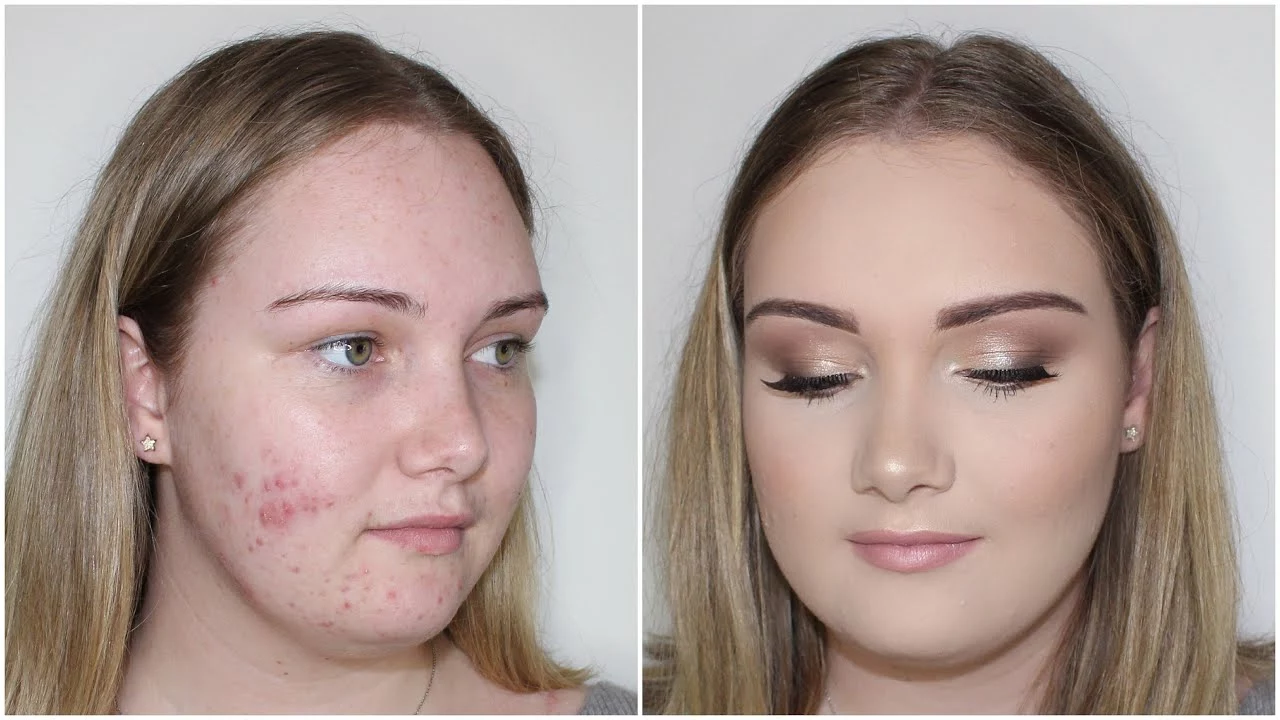Health and Beauty: Smart Skincare and Makeup for Sensitive Skin
If you're using prescription creams like tazarotene, your makeup routine needs a rethink. Tazarotene can dry and sensitize skin, so the goal is coverage without irritation. Start by treating the skin kindly: switch to a gentle, sulfate-free cleanser and a fragrance-free moisturizer. Apply your prescription at night and give your skin a full moisturizer barrier before morning makeup.
When you prepare for makeup, wait a few minutes after moisturizing so products sink in. Use thin layers—heavy creams trap flakes and make foundation look cakey. Choose non-comedogenic, hydrating formulas: tinted moisturizers or serum-foundations work better than matte full-coverage sticks. If you need coverage for redness or flaking, dab product with a damp sponge for a more natural finish.
Quick product and application tips
Primer can help, but pick a gentle one. Silicone-based primers smooth texture without adding alcohol or harsh botanicals. For concealers, pat instead of rub; patting blends product into dry patches without removing skin barrier. Avoid powder overload—lightly set oily areas only. For lips and eyes, use creamy, emollient products to avoid tugging delicate skin.
Protect and treat
Sunscreen is non-negotiable. Retinoids increase sun sensitivity, so use broad-spectrum SPF 30 or higher every morning and reapply during the day. Skip chemical sunscreens if your skin reacts—physical blockers with zinc oxide are often gentler. Also, cut back on other active ingredients while your skin adjusts: stop exfoliating acids and abrasive scrubs until irritation settles.
Patch-test any new product on a small area before applying to your whole face. If redness or burning appears, stop immediately. Keep a simple kit: gentle cleanser, moisturizer, SPF, a hydrating primer, a light foundation, a creamy concealer, and a soft brush or sponge. Replace brushes regularly to avoid bacteria buildup that can worsen sensitivity.
We cover a full step-by-step routine in our post "Tazarotene and Makeup: Tips for Flawless Application on Treated Skin," with photos and layering order. That guide shows how to hydrate, prime, and layer makeup so you get coverage without compromising healing skin. Bookmark it if you’re new to retinoids or battling dryness and flaking.
Here’s a simple order to follow: cleanse with lukewarm water, pat dry, apply a hyaluronic acid serum while skin is damp, then a ceramide-rich moisturizer. In the morning layer sunscreen after moisturiser and wait two to three minutes before applying primer. Apply foundation in thin layers and blend with a damp sponge. Spot-conceal any stubborn redness, then finish with a hydrating setting spray. If your skin peels, give makeup a break for a day or use only tinted moisturizer. For retinoid schedules, many people find applying every other night for the first two weeks reduces irritation; ask your prescriber before changing frequency.
Finally, be patient. Skin adapts over weeks. If irritation continues, talk to your dermatologist about adjusting the dose or switching products. With the right approach, you can keep using effective treatments and still look put together—without pain or extra damage.
Keep notes on what works.
